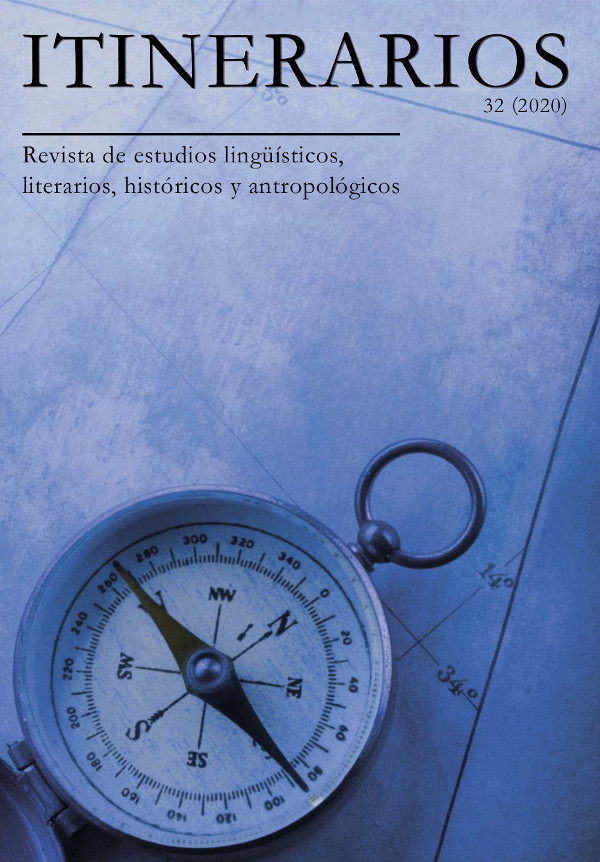Cuitlahuac. La vida en un entorno lacustre (siglos XVI-XVIII)
Cuitlahuac. Life in a Lake Environment (16th-18th Centuries)
Author(s): María Castañeda de la PazSubject(s): Cultural history, Social history
Published by: Instytut Studiów Iberyjskich i Iberoamerykańskich, Wydział Neofilologii, Uniwersytet Warszawski
Keywords: Cuitlahuac; Tláhuac; colonial history; lakes; swamps; fishing
Summary/Abstract: Cuitlahuac, present-day Tláhuac in southern Mexico City, was an ancient realm situated on an island separating the lakes of Xochimilco and Chalco. This habitat determined the lives of its inhabitants since its foundation until well into the colonial period, as their main economic activity was fishing. However, at the end of the nineteenth and beginning of the twentieth century the damage made to the environment meant significant transformations to this habitat and therewith to the means of life in the region. Today, Tláhuac is known as one of the autochthonous towns (pueblos originarios) of Mexico City, which, beset by the ever-growing urban sprawl, is fighting to conserve some of the traditions emerging from its profound historical roots. The objective of this article is to offer a panoramic view of Cuitlahuac people during the colonial period and, particularly, of its relationship with the lakes. The focus will be two fundamental aspects of its subsistence economy: a) the fishing, activity that provided the inhabitants with food and merchandise; b) the rental of swamps for the grazing cows that provided meat to Mexico City. A number of legal cases will be discussed in order to show the colonial regulations that existed concerning the lakes: the rental contracts of its waters that were written up, as well as how these were breached, the consequent disputes that arose, and how these were settled.
Journal: Itinerarios
- Issue Year: 2020
- Issue No: 32
- Page Range: 181-201
- Page Count: 20
- Language: Spanish

